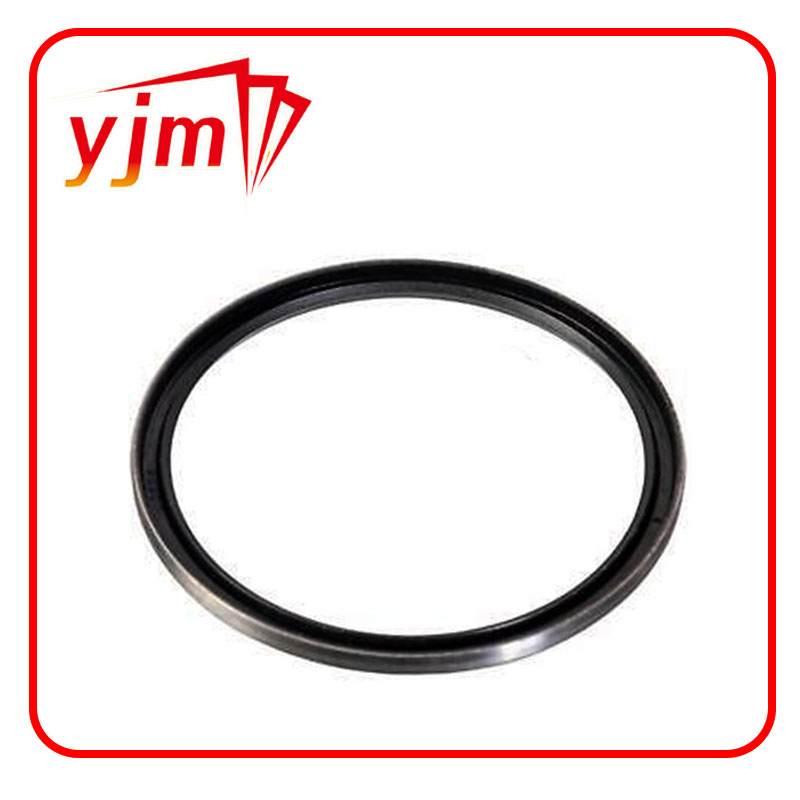Exploring the Efficiency and Applications of O-Ring Hydraulic Seals in Fluid Power Systems
Understanding O-Ring Hydraulic Seals
O-rings are essential components in hydraulic systems, serving as seals that prevent the escape of fluids and maintain pressure within the system. Their design is simple yet effective, typically characterized by a circular cross-section that takes the shape of the groove it sits in when compressed. This article explores the significance, materials, applications, and installation considerations of O-ring hydraulic seals.
Importance of O-Ring Hydraulic Seals
Hydraulic systems operate under high pressure and are used across various industries, including automotive, aerospace, and manufacturing. O-rings play a crucial role in these systems by ensuring fluid containment and minimizing leakage. The efficiency and reliability of these systems heavily depend on the integrity of the seals. A failure in an O-ring can lead to leakage, which not only results in fluid loss but can also cause damage to components and safety hazards.
Materials Used in O-Ring Seals
The selection of materials for O-ring seals is critical, as they need to withstand various environmental factors such as temperature, pressure, and chemical exposure. Common materials used for O-rings include
1. Nitrile Rubber (NBR) This is the most widely used material for O-rings in hydraulic applications due to its excellent resistance to petroleum-based fluids and moderate temperatures.
2. Viton (FKM) Known for its high-temperature and chemical resistance, Viton is often used in applications exposed to aggressive fluids and elevated temperatures.
3. Polyurethane This material offers exceptional wear resistance and is suitable for dynamic applications, making it ideal for hydraulic systems that experience motion.
4. Silicone While not as commonly used in hydraulic applications due to its lower resistance to abrasion, silicone O-rings can be found in systems requiring high-temperature performance and flexibility.
The choice of material largely depends on the specific requirements of the hydraulic system and the fluids being sealed.
Applications of O-Ring Hydraulic Seals
o ring hydraulic seals

O-ring hydraulic seals are utilized in a wide range of applications, including
- Hydraulic Cylinders In hydraulic cylinders, O-rings create a seal between the cylinder body and the piston, ensuring that the hydraulic fluid does not leak out during operation.
- Pumps O-rings are used to seal the connections and joints in hydraulic pumps, preventing fluid loss and maintaining system pressure.
- Valves In hydraulic valves, O-rings ensure that fluid flows only through the intended paths while preventing leaks at the seals.
- Connectors When connecting different parts of a hydraulic system, O-rings provide a reliable seal that prevents leakage.
Installation Considerations
The proper installation of O-rings is crucial for their effective functioning. Here are a few key points to keep in mind
1. Surface Preparation Ensure that the sealing surfaces are clean and free of debris or imperfections, as these can lead to premature failure.
2. Correct Sizing Selecting the right size of O-ring is vital. An oversized or undersized O-ring can distort when compressed, leading to leaks.
3. Lubrication Applying a compatible lubricant can facilitate installation and prevent damage to the O-ring during assembly.
4. Avoiding Twists Ensure that the O-ring is seated properly in its groove without twists or kinks, as these can compromise the seal.
In conclusion, O-ring hydraulic seals are vital components that ensure the integrity and efficiency of hydraulic systems. By understanding their significance, material selection, applications, and installation considerations, engineers and technicians can ensure optimal performance and longevity of hydraulic systems. Whether in industrial machinery or automotive applications, the right O-ring can make all the difference in maintaining fluid containment and preventing leaks.
-
Simplifying Oil Changes: A Comprehensive Guide to Oil Drain Plugs and Their Variants
News Aug.04,2025
-
Mastering Oil Drain Maintenance: Solutions for Stripped, Worn, and Upgraded Oil Plugs
News Aug.04,2025
-
Fixing Oil Pan Plug Issues: Leaks, Stripped Nuts, and the Right Replacement Solutions
News Aug.04,2025
-
Everything You Need to Know About Oil Drain Plugs: Sizes, Fixes, and Upgrades
News Aug.04,2025
-
Choosing the Right Oil Drain Plug: A Guide to Sizes, Materials, and Drain Innovations
News Aug.04,2025
-
A Complete Guide to Automotive Drain Plugs: Types, Problems, and Innovative Solutions
News Aug.04,2025
-
The Ultimate Guide to Car Repair Kits: Tools and Essentials Every Driver Should Own
News Aug.01,2025
Products categories















